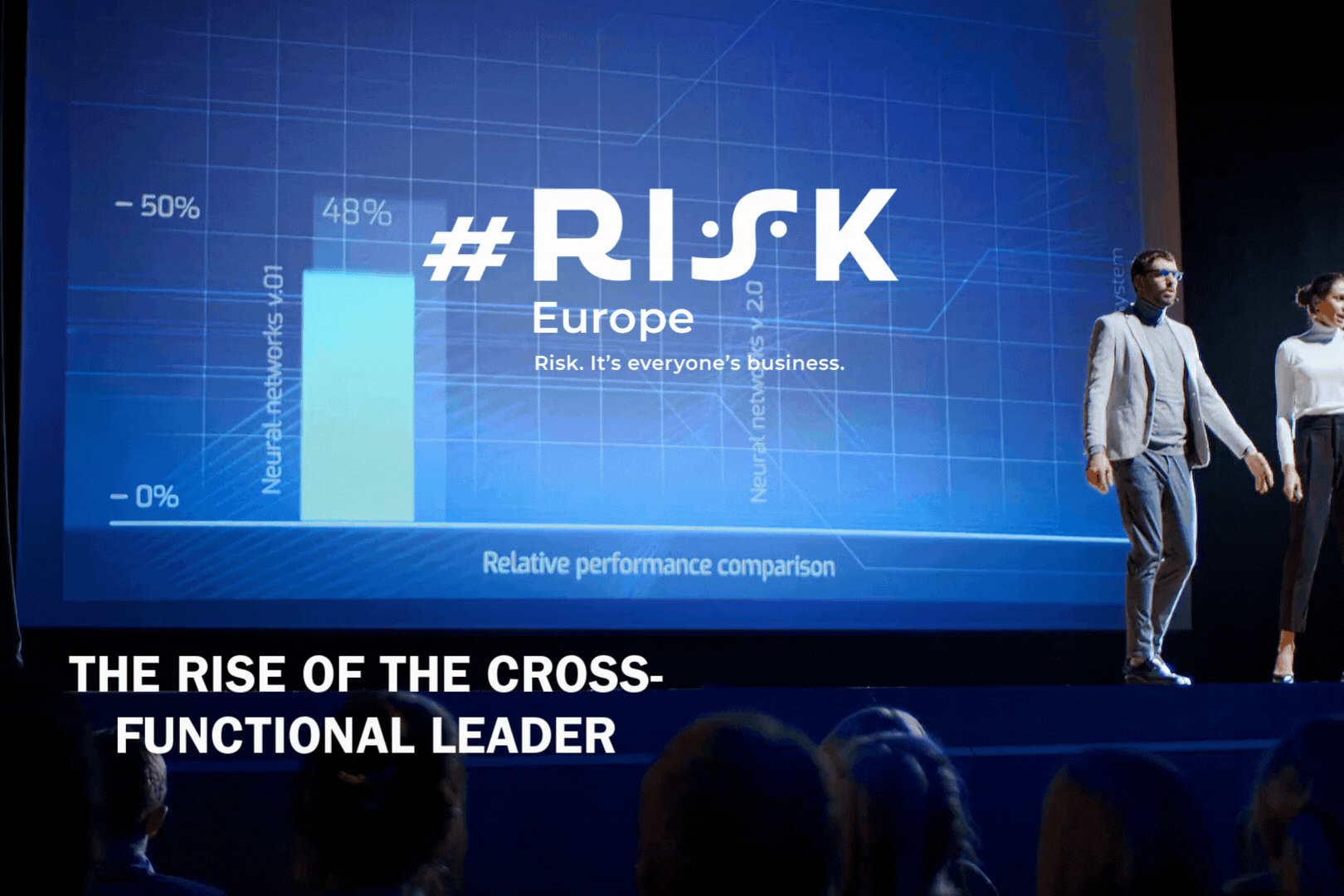Recent research has described Decentralised Finance (DeFI) as the “next major threat vector for money laundering.” Ben Whitby, ahead of his appearance at the FinCrime World Forum later this month, explains why this accusation does not reflect reality.
The premise of Decentralised Finance, or DeFi, is to remove trust from a particular financial scenario.
Some of the products being explored currently are automated market makers, derivative products and lending.
Futures and options will likely be next, as the concepts of locked collateral are extended to obligations. With markets today the known rule is that if a default occurs, there will be a process for the provider to reclaim their debt or wind down their positions in an orderly, structured way.
We saw this wind down happen in Lehman Brothers, and while some products failed nicely others took a decade to unwind.
The outcome of the chaotic unwind was to force rigour and transparency into the Over The Counterr (OTC) markets through resolution of the September 2009 G20 commitment, this resulted in changes to the way that OTC trades are carried out. Transparency, structure and certainty were the desired outcomes, all of which smart contracts and DeFi provide out of the box.
Smart contracts operate using defined parameters and are able to generate precise outcomes given inputs and market triggers, operating in this way provides clarity and certainty for users in a way that traditional markets can never.
Parts of the process that are currently subject to human intervention are replaced by automated processes and code.
Activity on these DeFi protocols is transparent in a way that no other asset class is today
As with all technological change, there is a push back from the operators of today’s system, a challenge looking for the flaws and reasons why it can’t or won’t work, but as with all technology, progress never sleeps.
The first AMM’s were one sided markets, liquidity was an issue, systems progressed to two sided deposits and liquidity pools were born. The greater the liquidity, the greater confidence in price stability and AMM’s are truly non-discriminatory.
Right now, things are hugely experimental, asset prices are subject to huge volatility, market demand for assets is driving prices and transaction fees to an incredible level but perhaps these can be justified.
DeFi activity strips out huge operational costs from trading and settlement, Uniswap volumes are larger than the centralised exchange volumes.
Why? Because of Money Laundering? No!
Because a centralised exchange holds your assets, you have to trust them and when the rules of failure are still being defined, why even bother taking that risk, just ask anyone being offered a 90% haircut on their MtGox assets.
The charge against DeFi, that it is solely a money laundering platform, is unfair and false. Firstly because the money still has to get into and out of a crypto asset into fiat, and secondly there are much easier ways to launder money.
Activity on these DeFi protocols is transparent in a way that no other asset class is today, the enforcement agencies are thriving through the traceability that crypto provides them.
In fact, we won’t see banks use technology like this until they can operate with the privacy they enjoy today.
No DeFi protocol provides a fiat off-ramp today. In most countries now, crypto to fiat exchange is a newly regulated activity.
Just imagine what this level of transparency could do for the FX market
On-ramps into cryptoassets from fiat are still where the challenge lies, and the analysis tools plus skilled compliance teams are breaking down these barriers.
It’s not the protocol or the code that is bad. Does an interaction with a DeFi protocol make all users complicit? Well let’s consider the users and clients of Danske Bank, were all their clients laundering money? Of course not. Arguably the fractional reserve process that is enabled is a far worse crime than risking depositing assets into an electronic platform.
DeFi protocol activity is on chain, analytics firms can see all the activity within them and I’m certain there is a way for DeFi to remain open without the need to impose today’s archaic regulations upon it.
When a user interacts with a protocol, or liquidity pool, they want to know that when they take assets out, they won’t be left with assets they can’t exchange.
With more skin in the game, asset pools can not only be cleaner but also very much fairer.
We’re very early in this giant experiment, just imagine what this level of transparency could do for the FX market.
Those that wish to lift the lid should start with Andrew Hausers 2019, Run, Lola Run speech and then look at the various AMM’s. As ever in crypto, do your own research, but don’t, whatever you do, miss out.
Ben Whitby, Risk, Compliance & Regulatory Affairs, Qredo
Ben Whitby is on a panel discussing “DeFi Technologies will change banking forever -Decentralised Finance and New Frontiers for Blockchain” at FinCrime World Forum at 2.30pm on March 23.












No comments yet